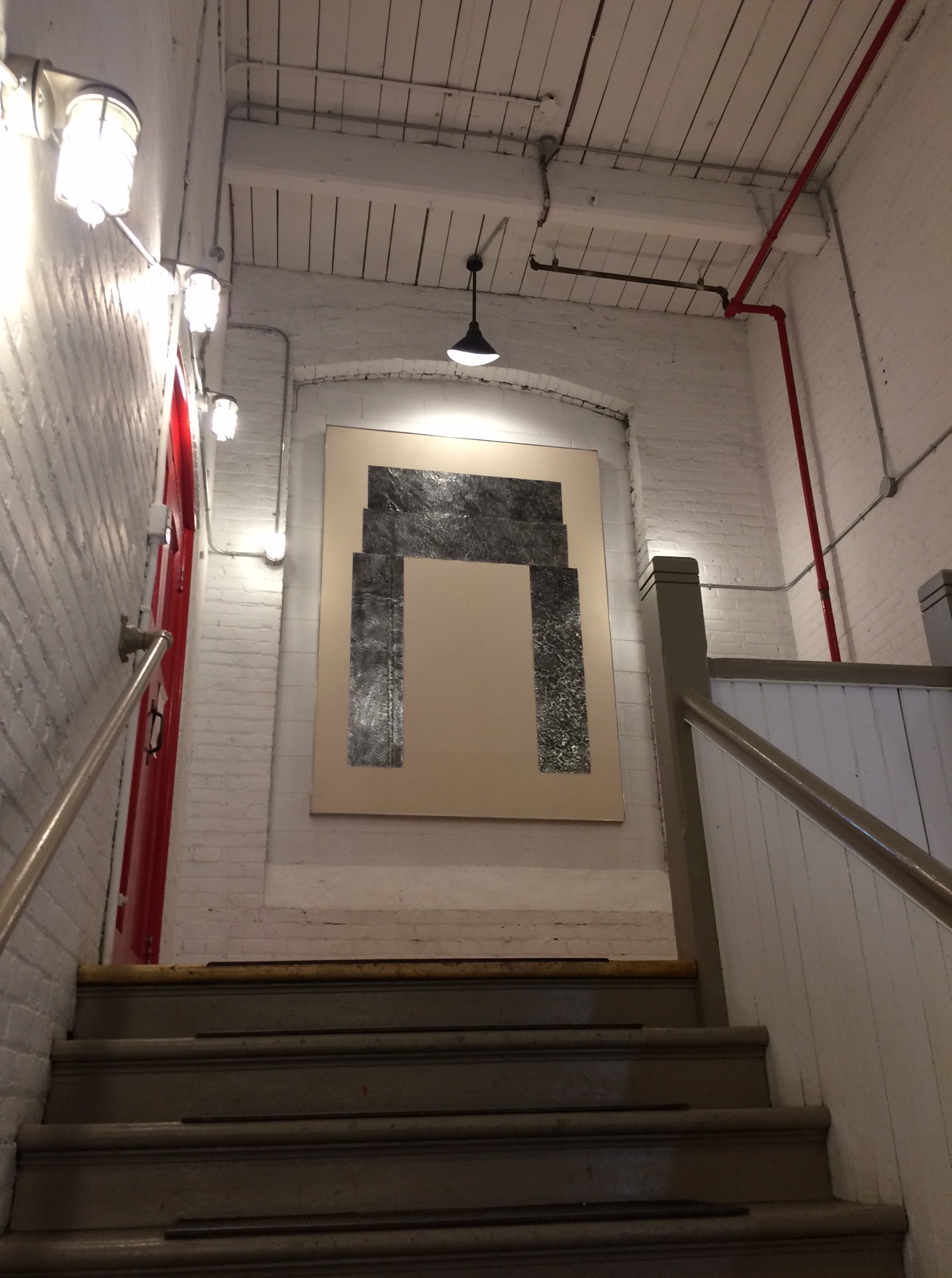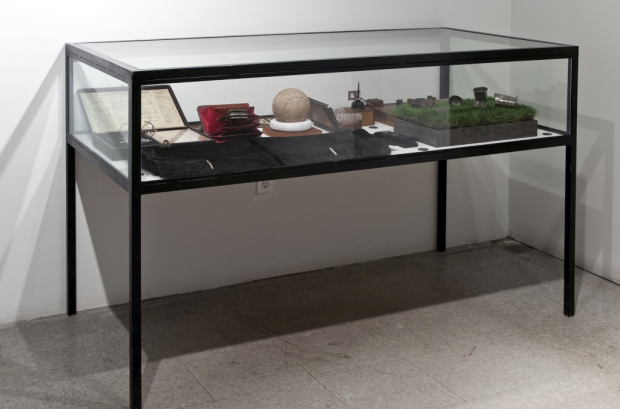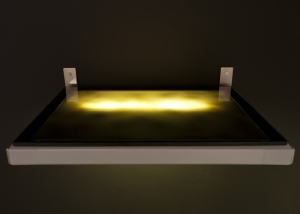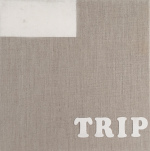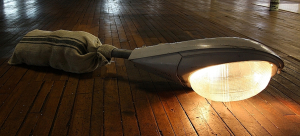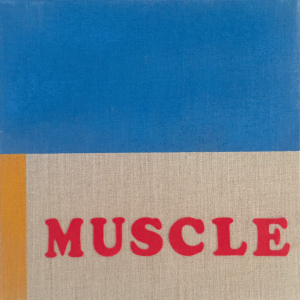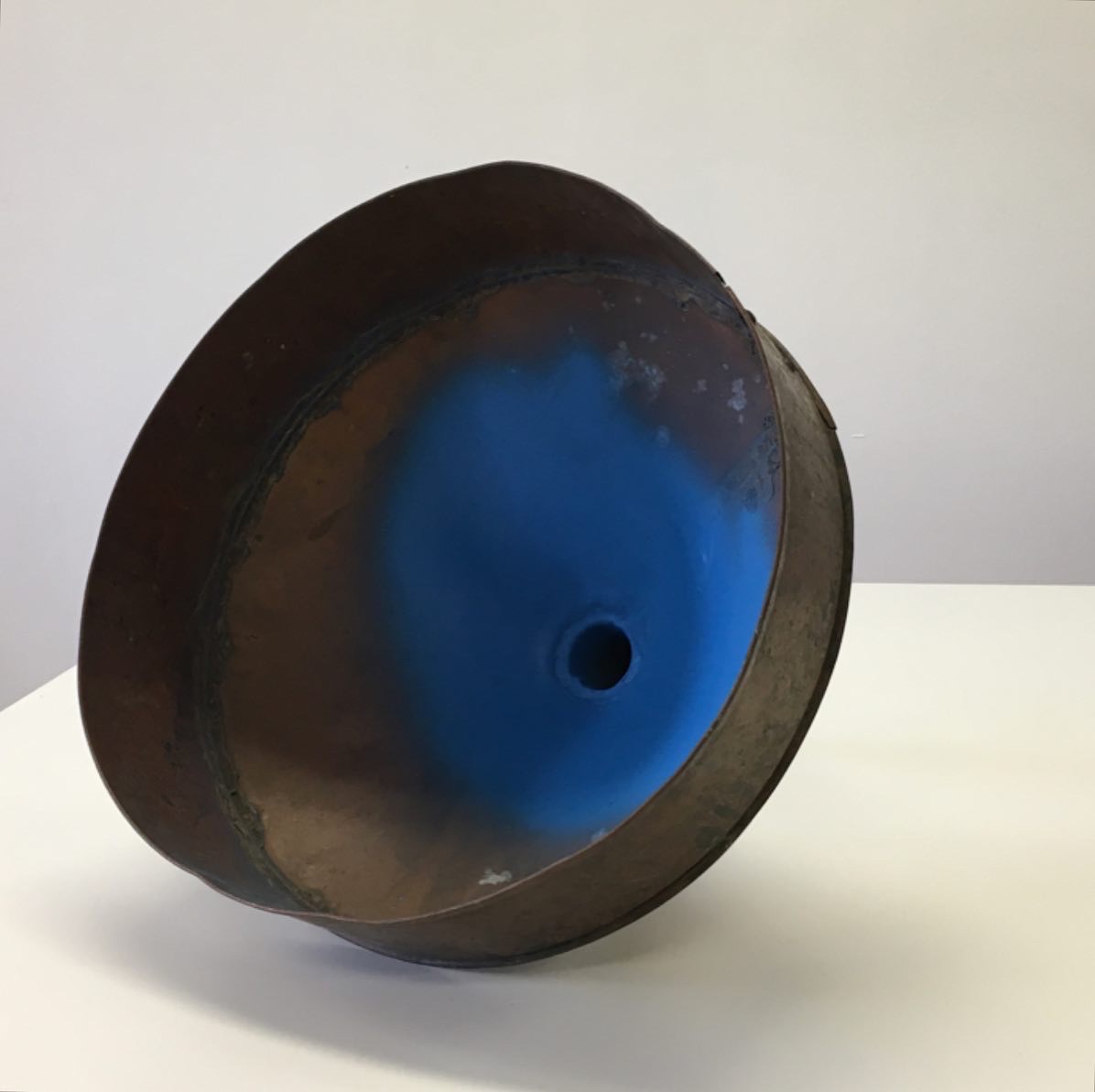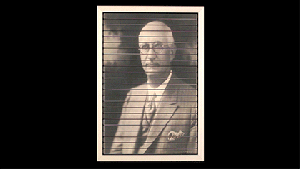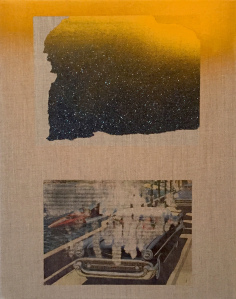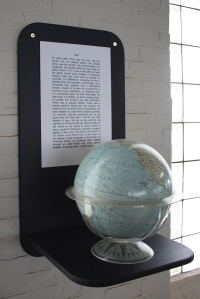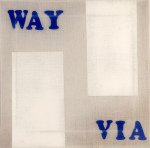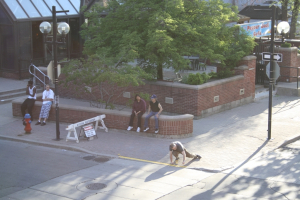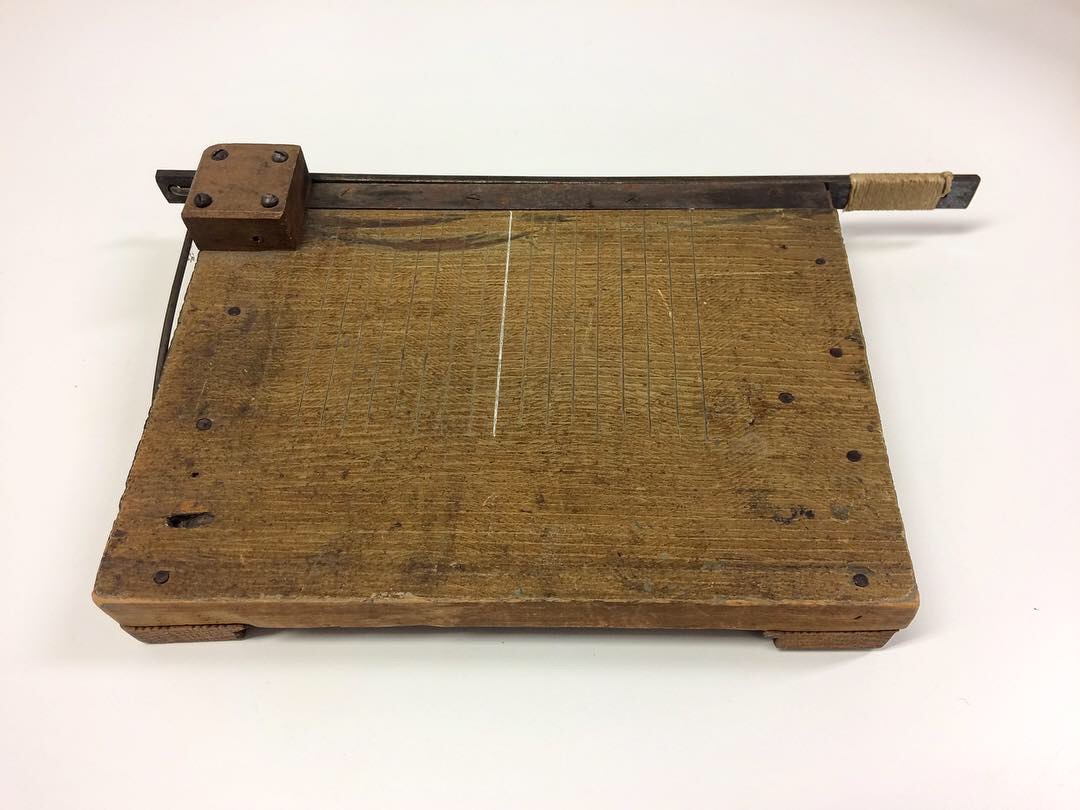nein
The psychology of a tier. Hitler met with Willy Hof and then with Fritz Todt, and the Autobahn changed from a capitalist bourgeois waste of money to a National Socialist machine,’Volksgemeinschaft’ was the word. Existing precursors, including experimental highways in Berlin built between 1913 and 1921 and Italy’s 130- kilometer Autostada toll way were never to be historically thought of again. Many miles of roadway were built during the time of the Third Reich, not because Hitler saw the construction as a military advantage or certainly not for its benefit as a job-creation programme. It was the influence of the imageable…it was ROAD AS PROPaganda. ROAD FEVER. WHITE LINES INDEED. Earlier EDWARD HINES, the turn of the 20th century Road Commissioner for the State of Michigan, USA, was traveling behind a leaking milk truck that was leaving a streamline down the middle of the road. Driving around a corner known for side-sweeps and head on hits, Hines looked at the spilled milk and imagined a road surface visually divided, perhaps evoking a spatial collision cure…and the world’s first painted line markers appeared in Trenton, MI, in 1911. Located on River Road, which became West Jefferson Avenue, Trenton was the starting point simply because of its location. It was the last high ground from Detroit to Monroe and already had electric lights and street signs. Let there be light and letters before lines, was the WHITE LINE DEED.
teen
The psychology of a tear. In Leeds, north England, once a month local roads are grassed over for a day, allowing its youth the full yet tenuous illusion that the street is a park, field, or even rolling knoll. GREEN OVER GRADE. SURFACE MEMORIES. MEMORIES SURFACE. NOSTALGIA TREADS ON. Line markers are a street’s pop culture signifier. When employed in media, a line marker can index notions of romantic travel, (un)manageable distance, urban angst, individuality, the collective march, the pace of life, the scrap of the city or even the escapist country way. Viewed in multi-perspective, wet with rain, dusty dry, freshly paved or dilapidated; coloured by traffic lights, pinpointed by headlights, or bathed in sunlight, line markers are hard emotive currency. Directed figures stand balanced on them like tauten trapeze artists; walk towards us full of pomp presentation or away to distant horizons. Vehicles balletic in their unity move between them, choreographed à la Tati. All of this can lead to an atelier query…are line marker paintings related to the tradition of Pop Art? Appealing to youth and the young at heart the world over, POP ART beckoned a response to its directness – jaunty and everyday. Line marker paintings are not that extroverted. They instead seek to communicate in a non-picturesque way, happy to hum rather than sing. They rely on the written word but not the slogan. Visually stunted, they are orally unmentionable in continuity, all the while distant in their ready-made image manner. They are however machine loving; mechanistic and Middletown, adroitly extolling painting-in-the-world and plurality. LINE MARKER PAINTINGS AS COMMON MEN.
11
The psychology of a dear. Ordain with affection the number eleven as line marker’s holy number. Deed this upon the sacred ground of Trenton, Michigan, the land of the brushed visual, some ninety years ago. Two lines, parallel and never joining are ELEVEN. XI in Roman numerals (schematically alike the painting Trenton). Pronounced i-‘le-v&n, eleven is: a cardinal number, a prime number, a Lucas number, a whole number, the fourth number that stays the same when written upside down. In numerology, eleven is a visionary or an artist, endeavouring to expand a group’s consciousness. Its etymology is Middle English, from enleven, adjective, from Old English’s endleofan, from end (alteration of An one) + leofan; akin to lEon or to lend. Lucky in the West eleven symbolizes transition as well as conflict and struggle. Eleven doubles the symbolism of the number one and is generally related to doubles. Eleven is a noun and a pronoun plural in construction. While taking ‘elevenses’ over biscuits and tea, it was conveyed to me by R & D, that the ‘eleven-plus’ examination was a test integral to my heritage, a dictator of future ways. In this manner eleven is a let down; fronting as an appropriate age to wave some dreams by and halt others. I’ll believe eleven was just a victim of labour in a then Conservative Party Britain. Labour is behind everything that matters, salt-crusted by numbers; numbers as in the eligible, the quantity, an aggregate, the assigned company, the standard, the procedure, the precisely reckoned, a census, the sum total, the full count. May line marker endeavours never reach this eleventh hour.

